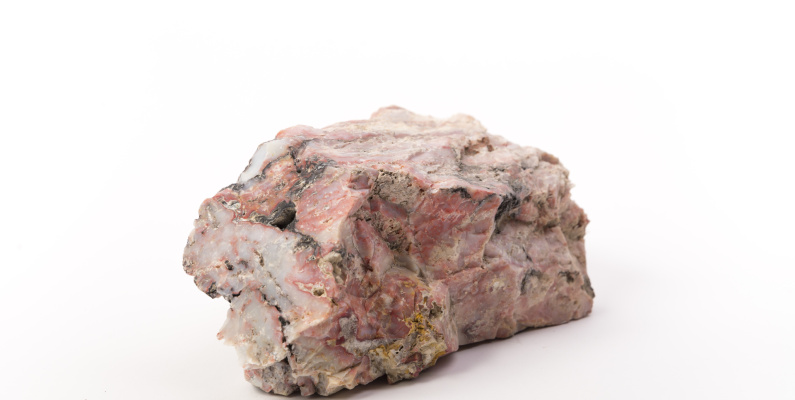
Way back almost in the Precambrian era, my student life centred (mostly) on rocks of the sedimentary kind. As a geology student in Sheffield I often went on field trips to study coal deposits – the vast opencast modern ones, as well as older coalmines with all the pithead infrastructure still more or less intact.
Coal was the rock that powered Britain’s industrial age and spoil tips could be found wherever coal had been mined. The collapse of the Aberfan spoil tip in South Wales, which buried 116 children and 28 adults under an avalanche of slurry in October 1966, remains a vivid memory of my teenage years.
I was therefore aware of the benefits of mining rocks and of the potentially life-threatening consequences of extracting wealth from the ground. But I wasn’t aware of the deadly nature of mercury extraction from cinnabar.
Cinnabar is the raw rock from which mercury is obtained. Crushed cinnabar ore is roasted in furnaces giving off mercury fumes. These are condensed and the liquid mercury collected.
Mercury was central to the process of silver production, as was the use of slave or forced labour, by the Spanish conquistadores of the 16th century.

Apparatus for the distillation of cinnabar from Alchimia das ist alle Farben, Wasser, Olea, Salia, und Alumina by Peter Kertzenmacher, Franckfurt am Meyn: Bey C. Engenoffs Erben. Public Domain Mark.
However, in researching the cinnabar rocks on display, some of which come from Peru, I was shocked at the number of lives lost or damaged by silver mining. By the early 1570s, the mercury amalgamation process had been widely adopted in the Andes, enabling sustained, industrial-scale refining of ores unsuitable for smelting, and its harmful effects were well known. In 1590, the Jesuit José de Acosta writing about the refining process described how, “if some smoke or vapour comes to the people who open the pots, they get mercury poisoning and die, or remain in a very bad state or lose their teeth”. [1]

Silver mining in Potosi, Bolivia. Engaving by Theodoor de Bry in Historia Americae Sive Novi Orbis, 1596. CC BY-SA.
A traveller writing in the 18th century noted the high number of birth deformities, stillbirths and mental illnesses still prevalent 200 years after large-scale mercury use had begun. Between 1550 and 1800, miners and refiners produced approximately 136 000 metric tons of silver in Latin America.
How many miners died? An estimated eight million is not unreasonable. However, since surviving documentation is sparse it’s impossible to uncover an exact figure.
est. 1868 is open daily in the Special Exhibitions Gallery, 10am to 5pm, until 14 April 2019. Entry is free.
[1] Cited in Jose de Acosta, Historia natural y moral de las Indias. Edited by J A Franch. Madrid, Historia 16. 1987.
Top image: Cinnabar, mercury sulfide (HgS). Pre-1956. Ulrich Collection; Otago Museum Collection. By Kane Fleury © Otago Museum.
